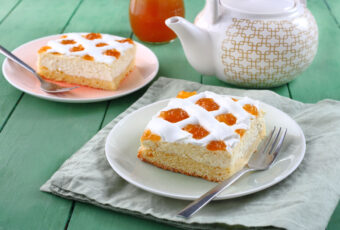Understanding the meanings behind the names of different pasta shapes can provide insight into their origins and intended uses. From spaghetti to orzo, each pasta shape has a unique history and purpose, and knowing which pasta to use for a particular dish can elevate your cooking to the next level. So, the next time you’re making pasta, consider the shape and the name behind it, and let it inspire your culinary creativity.

Pasta Shapes
Spaghetti
One of the most popular pasta shapes, spaghetti is long and thin, and its name comes from the Italian word “spago,” which means “string.” It is often served with tomato-based sauces or oil-based sauces like aglio e olio.

Spaghetti
Fusilli
This spiral-shaped pasta is great for holding onto sauces and is often used in pasta salads. The name “fusilli” comes from the Italian word “fuso,” which means “spindle,” referring to its twisted shape.

Fusilli
Penne
This tube-shaped pasta has angled edges that make it perfect for holding onto chunky sauces. Its name comes from the Italian word “penna,” which means “quill,” referring to its shape that resembles a writing instrument.

Penne
Linguine
Similar to spaghetti, linguine is long and thin, but it is wider and flatter. Its name comes from the Italian word “lingua,” which means “tongue,” referring to its shape.

Linguine
Farfalle
Also known as bowtie pasta, farfalle is shaped like a butterfly or a bowtie, which is where it gets its name. It is often used in pasta salads or served with creamy sauces.

Farfalle
Rigatoni
This tube-shaped pasta is larger and wider than penne, with ridges on the outside that make it ideal for holding onto thick sauces. Its name comes from the Italian word “rigato,” which means “ridged.”

Rigatoni
Orzo
This small, rice-shaped pasta is often used in soups or served as a side dish. Its name comes from the Italian word “orzo,” which means “barley,” referring to its shape that resembles a grain of barley.

Orzo








